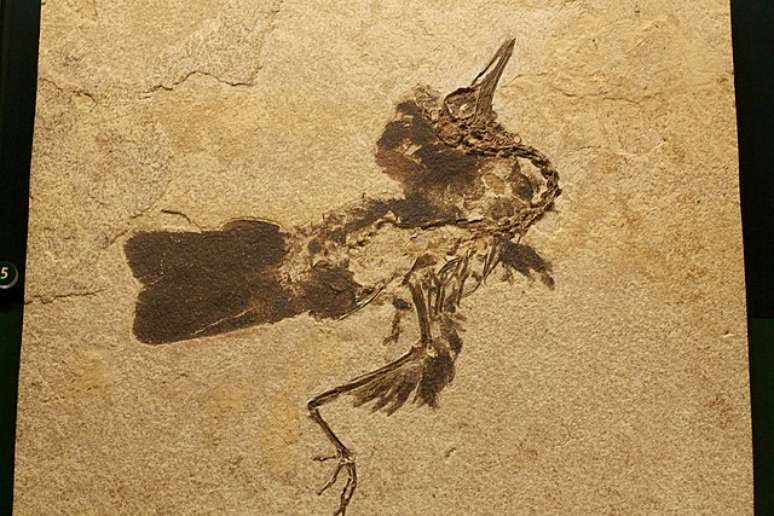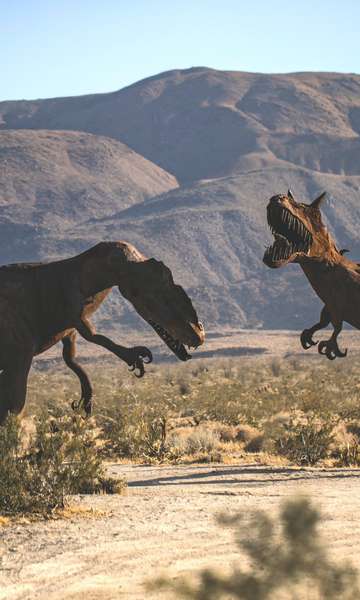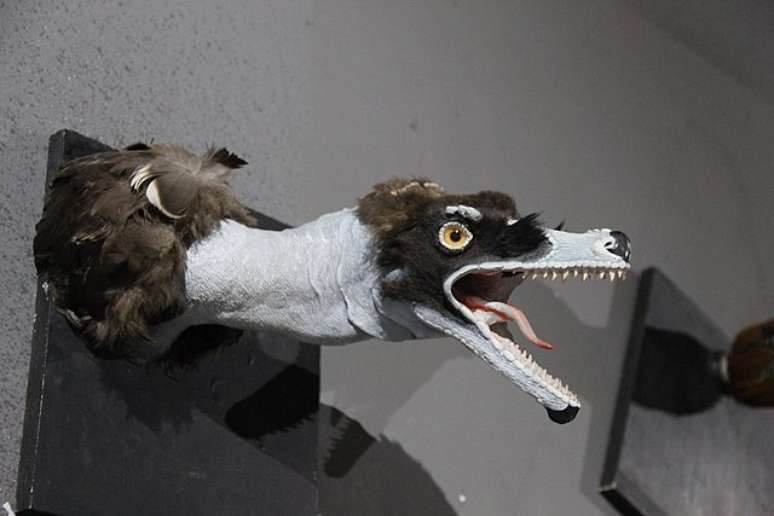The discovery shows details about the composition of dinosaur feathers and are similar to those found in modern birds
What? birds and the dinosaurs to have in common? The feathers! At least that’s what a new study on the composition of dinosaur fur shows. Until then, it was believed that such parts of these ancient animals were composed primarily of alpha-keratin, making them much less stiff than the beta-keratin-rich feathers of modern birds.
But that’s not exactly what was observed. According to a study published in the journal Ecology and evolution of naturethe protein composition of dinosaur feathers it was very similar to that of today’s birds.
Today’s technology to reveal the past
Scientists from University College Cork, Linyi University and the Stanford Synchrotron Radiation Light Source have discovered in this study that the composition of feathers in modern birds may have emerged much earlier than previously thought.
The research used technology X-ray AND infrared light to analyze 125-million-year-old fossil feathers from Sinornithosaurus, a feathered dinosaur, and Confuciusornis, a primitive bird.
The results showed that although ancient feathers contained alpha-keratin, this substance was probably not present originally. Instead, it was formed from the degradation of beta-keratin due to high temperatures during the fossilization process.

Darwin against the action of time
What was previously understood as a evolutionary processtoday it has been demonstrated that the action of time has ended up altering the composition found in the fossil feathers of dinosaurs and primitive birds.
“Some feather fossils retain traces of the original beta proteins, others have been altered over time and have ended up creating a false narrative about the evolution of feathers,” explains Tiffany Slater, lead author of the study. Furthermore, the presence of some traces of beta-Keratin helps solve the problem of protein preservation for long periods of time.

What Really Killed the Dinosaurs?
These discoveries not only redefine our understanding of the evolution of feathers, but also have significant implications for paleontology as a whole.
“We have developed new tools to understand what happens during fossilization and unlock the chemical secrets of fossils. This will provide us with interesting new information on the evolution of tissues and their biomolecules,” comments Maria McNamara, senior author of the study.
Source: Terra
Rose James is a Gossipify movie and series reviewer known for her in-depth analysis and unique perspective on the latest releases. With a background in film studies, she provides engaging and informative reviews, and keeps readers up to date with industry trends and emerging talents.







